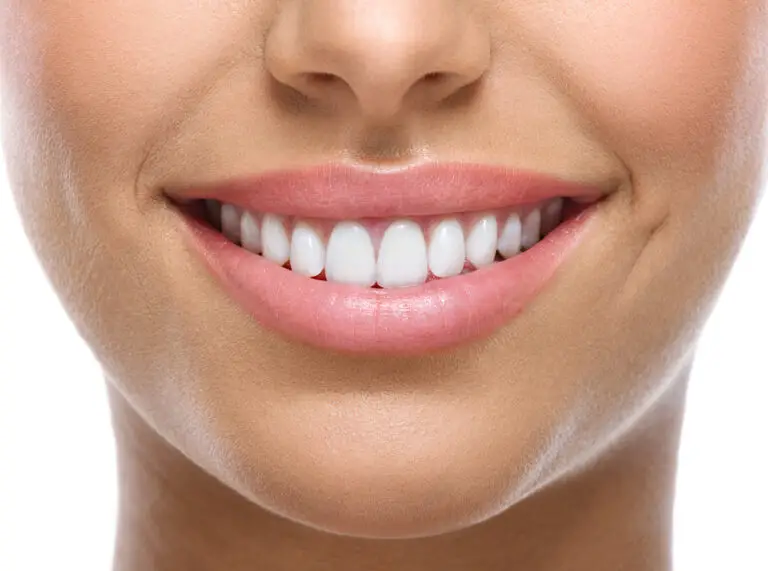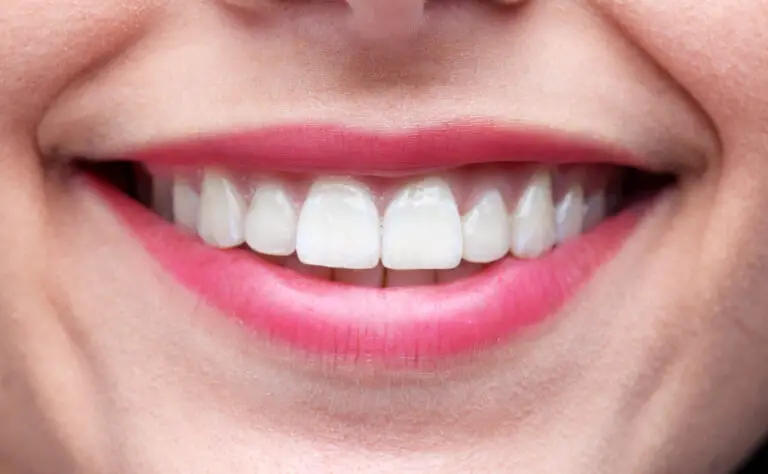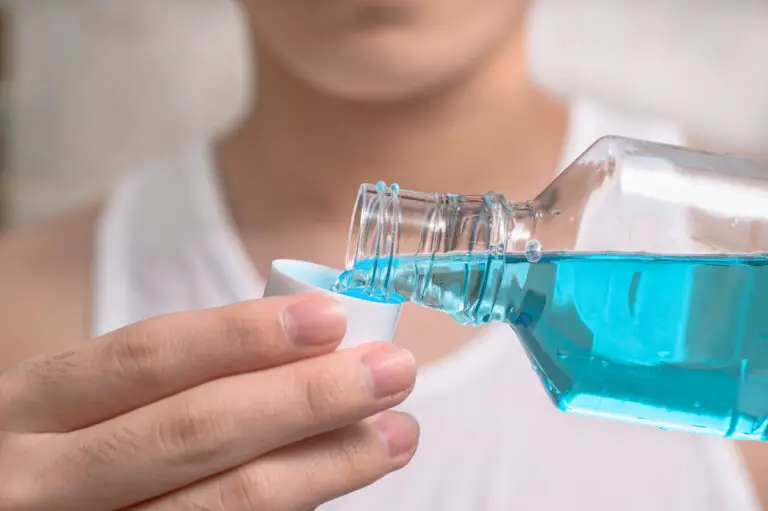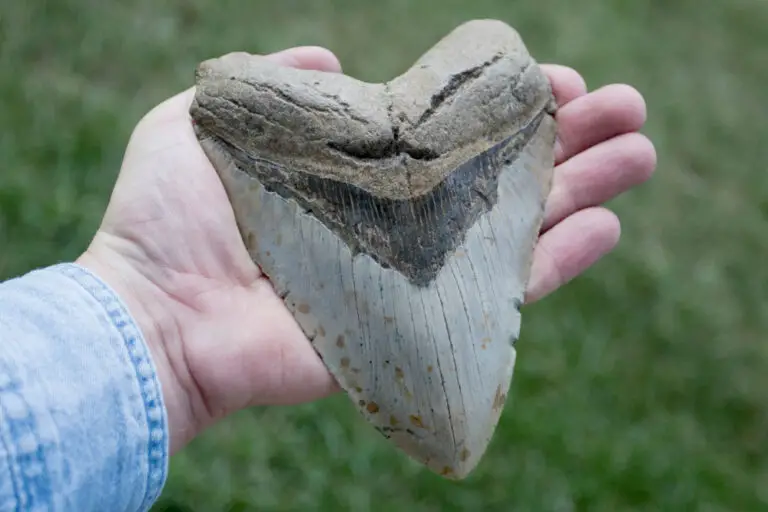Having multiple cavities can seem extremely frustrating when you feel you’re doing everything possible to care for your teeth. If you’re brushing and flossing consistently yet still getting cavities, it can feel like your oral hygiene efforts are futile. However, there are many intricate factors that allow cavities to sneak through even the most diligent preventive routines. Getting to the root of why cavities develop – even with daily brushing – is key to making the adjustments needed to better protect and remineralize your teeth. In this comprehensive article, we’ll delve into the intricacies of cavity formation and provide evidence-based guidance on how to avoid continued decay.
The Science of Cavity Formation
Before exploring specific reasons cavities may be developing, it’s helpful to understand some background on the science of cavity formation. This provides context on why certain risk factors and behaviors lead to breakdown of the enamel surface.
Cavities develop due to the interaction between plaque bacteria and fermentable carbohydrates (sugars and starches). The bacteria that populate the mouth thrive on these carbohydrates as an energy source. As the bacteria metabolize carbohydrates, they produce acid as a byproduct. This acid begins demineralizing the enamel structure of the teeth through a process called demineralization.
Demineralization occurs because the acid alters the pH balance at the tooth’s surface, making it more acidic. This acidic environment causes critical minerals like calcium and phosphate to diffuse out of the enamel structure. If the pH remains low and acidic long enough, it creates pores and weaknesses in the enamel – the first stages of cavities.
Frequent and prolonged acid attacks lead to more significant demineralization and structural breakdown, eventually progressing into full-blown cavities and decay. The bacteria can then more easily penetrate into the weakened enamel and spread decay deeper into the tooth layers.
Saliva plays a crucial protective role by diluting carbohydrates, neutralizing acid, and replenishing lost minerals through remineralization. When the pH returns to normal, calcium and phosphate can flow back into the enamel to “heal” it. Ongoing cycles of demineralization and remineralization are normal, but when the scales tip too far towards demineralization for too long, cavities result.
So in summary, cavity formation relies on three key factors: 1) cariogenic bacteria 2) fermentable carbohydrates and 3) a prolonged acidic environment favoring demineralization over remineralization. Understanding this background makes it clearer why certain habits and health factors can cause cavities despite careful brushing. Let’s explore these in more detail.
Common Causes of Cavities in Adults Who Brush Daily
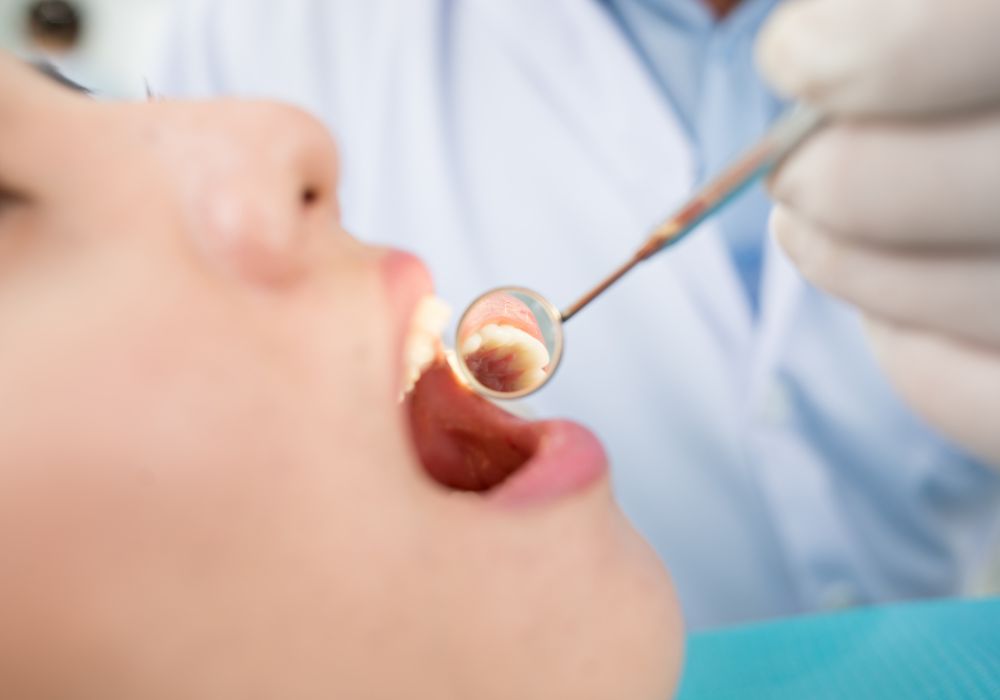
While children often develop cavities from eating copious amounts of candy and forgetting to brush, cavity formation in adults can be more complex even with responsible oral hygiene. Here are some of the most common reasons diligent brushers may still get cavities:
1. Ineffective Brushing Technique
Brushing your teeth is important, but how you brush is just as critical. Improper technique is one of the most common reasons even diligent brushers get cavities. Here are some of the most common brushing mistakes:
- Not brushing long enough – To fully remove the sticky plaque biofilm, you need at least 2 minutes of brushing twice a day. Rushing through a 1-minute quick scrub is not enough. Set a timer and brush for the full 2 minutes.
- Brushing too hard – Aggressively scrubbing can actually damage the enamel surface, increasing vulnerability to decay. Use gentle, circular massage motions. Let the bristles do the work.
- Not angling properly – You need to position the brush at a 45-degree angle towards the gums to clean beneath the gumline and between teeth. Holding the brush straight or perpendicular to the tooth surface prevents adequate cleaning.
- Forgetting the inside surfaces – It’s easy to focus only on the outer visible surfaces, but you also need to brush the inner surfaces, chewing surfaces, behind the front teeth, and along the gumline.
- Not replacing your brush often enough – Over time, the bristles become frayed and less effective at plaque removal. Replace your brush every 3 months.
- Using improper brushing methods – Following a systematic brushing method ensures you clean every surface. Try the modified Bass technique of angled brushing in short strokes.
The takeaway is that brushing thoroughly, gently, methodically, and with a fresh brush is essential. Scrubbing quickly with an old brush just pushes the plaque around without fully removing it.
2. Too Much Sugar and Acid Between Brushings
What you eat and drink in between brushing sessions is just as important as brushing itself. Sugary and acidic foods provide the raw ingredients bacteria need to produce enamel-eating acid. Common trouble foods and drinks include:
- Sodas, fruit juices, sports drinks
- Candy, cookies, cake, ice cream
- Dried fruit, granola bars
- Starchy foods like crackers, pretzels, chips
- Citrus fruits, berries, tomatoes
The bacteria immediately use these carbohydrates for energy and multiply rapidly. As they digest the sugars and starches, they release acid until the food source is gone. Even if you brush right after eating or drinking something sugary or acidic, the acid attack on the teeth already started and lasts up to an hour.
Frequent snacking and sipping on sugary or acidic foods maintains a constant state of acid production. Each acid attack further demineralizes the enamel a bit more until a cavity forms. Limiting intake of these foods is crucial, along with brushing and waiting at least 30 minutes before brushing after consuming them.
3. Inconsistent Oral Hygiene Habits
Cavities develop slowly over time with repeated acid attacks and inadequate plaque removal. Having good oral hygiene some of the time simply isn’t enough. Some inconsistent habits that lead to cavities include:
- Brushing thoroughly once a day but not twice daily
- Occasional flossing such as only a few times per week
- Sporadic professional teeth cleanings at the dentist
- Brushing in the morning but not before bed
- Forgetting to brush or rinse with water after an acidic snack or drink
To prevent cavities, you need to be consistent and thorough with brushing, flossing, rinsing, and dental visits. Don’t let your guard down or get complacent even if you have a short period of perfect oral hygiene. Consistency day in and day out is key.
4. Reduced Saliva Flow
Saliva is the mouth’s natural defense against cavities. It helps wash away leftover food debris, neutralizes acid, and provides minerals like calcium and phosphate. When saliva flow is decreased, teeth are more vulnerable to prolonged acid attacks leading to demineralization. Some things that reduce saliva production include:
- Over 400 common medications like antihistamines, blood pressure meds, pain relievers, antidepressants
- Health conditions including Type 1 & 2 diabetes, Sjogren’s syndrome, rheumatoid arthritis
- Radiation treatment to the head or neck for cancers in those regions
- Damage to the salivary glands from injuries or infections
- Dehydration from inadequate fluid intake
- Older age as saliva production naturally decreases
No matter how well you brush and floss, the lack of saliva to dilute carbohydrates and neutralize acid quadruples your cavity risk. Make sure to discuss any medications or health conditions with your dentist, and emphasize hydration to promote saliva flow.
5. Deep Grooves and Pits in Teeth

The bumps and grooves that give molars their chewing capability also provide the perfect hiding spots for bacteria and food debris. These deep crevices and pits are extremely difficult to keep clean even with careful brushing and flossing. Food particles and plaque get trapped and sit for prolonged periods, causing tooth decay.
Interproximal areas (between teeth) are also vulnerable, especially if teeth are crooked or crowded. These grooves, pits, and tight spaces simply can’t be reached sufficiently by regular brushing. Additional tools like dental picks, water flossers, and prescription toothpaste with 1.5% fluoride are often needed to adequately clean these areas and prevent cavities between teeth.
6. Old Leaking Fillings
Previous cavities treated with dental fillings can end up the culprit for new cavities years later. Over time fillings can weaken and the seal around the edges deteriorates. This allows bacteria and fluids to seep underneath the filling, resulting in more decay. Most fillings last 5-15 years before needing replacement.
It’s important to get your fillings checked regularly and replace any that are worn, cracked, or showing gaps at the margins. Letting a compromised filling go too long almost certainly leads to new cavities and possibly the need for a crown. Replacing deficient fillings promptly prevents recurrent decay.
7. Orthodontic Appliances
Braces, retainers, spacers, and other orthodontic appliances complicate oral hygiene and make cleaning around them challenging. Food easily gets trapped around brackets and bands. Your toothbrush simply can’t access these areas well. This quickly allows plaque build-up and white spot lesions that turn into cavities.
If you have any orthodontic appliances, it is imperative to take extra measures to clean thoroughly around them. Special tools like floss threaders, proxy brushes, and end-tufted brushes are a necessity. See your dentist for professional cleanings every 3 months while undergoing orthodontic treatment.
How to Prevent Cavities with Proper Oral Hygiene
Now that we’ve explored the many reasons diligent brushers still get cavities, let’s discuss what you can do to prevent them through improved oral hygiene and smart dietary habits. Here are some evidence-based steps for preventing cavities long-term:
1. Brush Properly
- Brush for 2 minutes twice daily using either a manual or electric toothbrush. Set a timer if needed.
- Use soft round-tipped bristles and avoid scrubbing aggressively. Let the bristles do the work.
- Angle brush towards gums at approximately 45-degrees to clean along the gumline.
- Ensure you brush all surfaces – outer surfaces, inner surfaces, chewing surfaces, behind front teeth.
- Focus on systematic techniques like the modified Bass method to hit every spot.
- Replace your brush every 3 months when bristles look frayed.
- Choose fluoride toothpaste to promote remineralization.
2. Floss Thoroughly
- Floss once daily at a minimum to remove plaque between teeth that your brush cannot reach.
- Use proper flossing technique, curving around the tooth to clean beneath the gumline.
- Don’t forget the back molars. Cavities often start between back teeth.
- If you have braces, bridges, or implants, use floss threaders to get the floss securely under hardware.
3. Incorporate Additional Tools
- Try an electric toothbrush for superior plaque removal with less effort.
- Use antimicrobial mouthwash to reduce bacteria between brushing.
- Clean between teeth with interdental brushes if you have spacing.
- Use proxy brushes to clean around orthodontic brackets.
- Apply prescription strength fluoride toothpaste at night for extra remineralization.
4. Adjust Your Eating Habits
- Limit sugary foods and acidic foods like candy, soda, and citrus fruits which bacteria use to produce enamel-damaging acid.
- Avoid constant snacking and sipping on sugary or acidic items. This keeps acid production ongoing.
- Drink plenty of water to help dilute acids and wash away food debris.
- Chew sugar-free gum with xylitol to increase saliva flow after eating.
- Don’t brush immediately after consuming acids – wait at least 30 minutes to limit damage to enamel.
5. Get Regular Dental Cleanings
- See your dentist for professional cleanings every 6 months. More frequent visits are ideal especially if susceptible to cavities.
- At your visit, get worn fillings inspected and replaced before they leak and cause more decay.
- Report any medications or health conditions impacting saliva production.
Visiting the Dentist for Cavity Assessment and Treatment
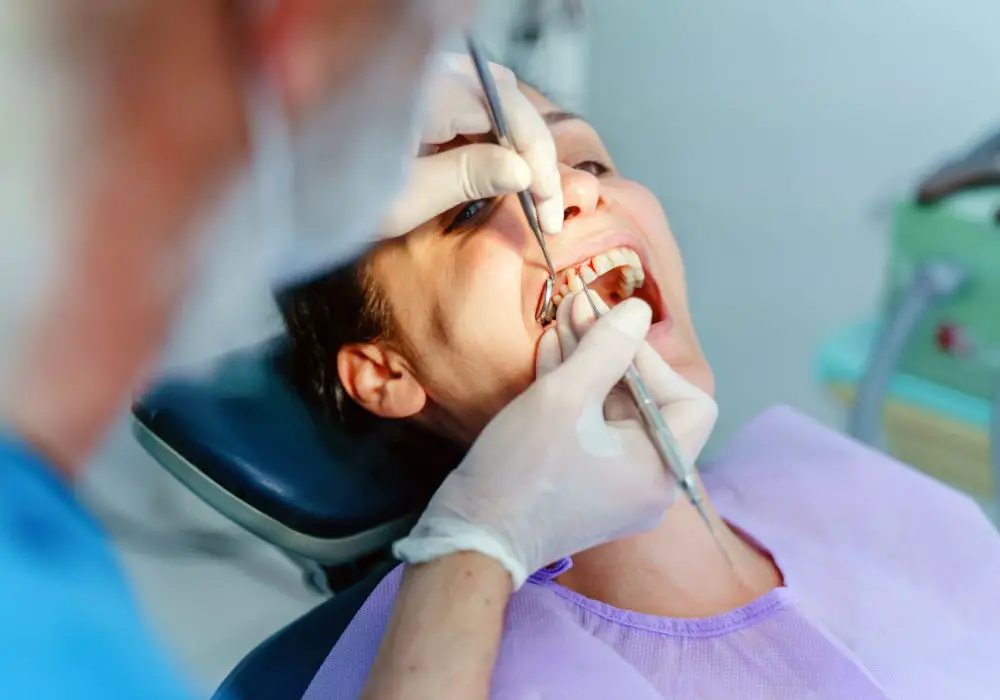
If you are still getting cavities despite diligent oral hygiene efforts, a dental exam is critical. Your dentist has additional tools to detect and diagnose cavities you may not even realize are present. Relying on what you can see or feel in your own mouth is not sufficient.
Here are some signs it’s definitely time to see the dentist:
- Visible cavities and tooth decay holes
- Brown, black or white spots appearing on teeth
- Pain or sensitivity when eating hot, cold or sweet foods
- Lingering bad breath, bad taste that won’t resolve
- Sudden temperature sensitivity in multiple teeth
X-rays and laser fluorescence devices can uncover early cavities that are not yet visible. These diagnostic tools find small areas of demineralization before they progress to larger lesions. The dentist will also evaluate if any particular teeth or surfaces have excessive plaque build-up or show early signs of breakdown.
Professional cleanings are also key to controlling cavities. Even the most diligent at-home routine simply can’t achieve the level of plaque removal possible with professional tools like ultrasonic scalers and polishers. Your dentist can thoroughly clean areas prone to plaque accumulation that are difficult to reach with floss and toothbrushes. It’s crucial to take advantage of your dental visits.
If new or recurrent cavities are identified, prompt treatment stops further decay. Based on severity and location, cavities can be treated with:
- Fluoride treatments – High concentration fluoride helps remineralize and “heal” early white spot lesions before they require traditional fillings.
- Dental sealants – These plastic coatings adhere to the pits, grooves and edges of teeth to create a barrier against plaque buildup in vulnerable areas.
- Fillings – Moderate decay is repaired by removing the infected section and replacing it with composite resin or other filling material to restore the missing structure.
- Crowns, inlays, onlays – Large areas of tooth decay often require a crown or other prosthetic cap to protect what remains of the natural tooth.
- Root canals – If decay reaches the innermost layer, the infected pulp tissue is removed and the tooth interior cleaned and sealed to save the tooth.
- Extractions – Severely decayed teeth that cannot be salvaged require removal. Your dentist will discuss replacement options like bridges, partials dentures, or dental implants.
Regular exams and x-rays are key to detecting issues early before cavities progress and cause unnecessary tooth damage. Partner with your dentist to implement preventive strategies and treat any problems promptly. Consistency is vital.
FAQs About Cavities in Adults Who Brush Regularly
Why am I still getting cavities if I brush properly twice a day?
Even with diligent brushing, you may still get cavities from cavity-causing factors like inadequate flossing, frequent snacking, reduced saliva flow, consuming sugary and acidic foods, or tooth anatomy that allows plaque build-up in vulnerable areas. It takes both brushing and minimizing other risks.
If I notice a brown spot, can I stop it from becoming a full cavity?
If it is just discoloration without any breakdown of the enamel surface, remineralization with prescription strength fluoride and sealing vulnerable grooves may halt progression. But once an actual hole forms in enamel, a filling or similar restoration is required to stop decay.
How can I tell if I have a cavity?
Early cavities have no obvious symptoms – they are invisible to the eye and painless until reaching later stages of decay. Visual examination, x-rays, and laser devices used by dentists detect early demineralization long before you can see or feel a cavity. Rely on your dentist.
Should I give up fruit if the acid causes cavities?
You don’t necessarily need to fully eliminate acidic foods from your diet. Just be mindful of when and how often you consume them. Limit sugary and acidic foods and beverages to mealtimes rather than constant snacking or sipping. Avoid brushing immediately after; wait 30-60 minutes post-acid exposure before brushing teeth.
Are there any home remedies to treat cavities after they form?
Unfortunately, no home remedies exist to truly treat cavities once they develop. Things like oil pulling do not actually restore lost tooth structure or repair decay. You need professional help from your dentist involving fillings, crowns, or other restorations to fix cavities. Prevention is key.
What is the best toothbrush for someone prone to cavities?
Choose a soft-bristled brush with rounded bristles, whether manual or electric. Electric options provide power while still being gentle. Make sure to replace it every 3 months. More important than type of brush is using proper technique and brushing for a full 2 minutes.
The Bottom Line
While diligent brushing and flossing are crucial, cavities can still develop for many reasons – ineffective technique, acidic foods, reduced saliva, old fillings, and tooth anatomy being prime examples. Adjust your oral hygiene practices, dietary habits, fluoride use, and dental visit frequency to reduce your cavity risk. See your dentist regularly for early detection and prompt treatment of any lesions before they progress to larger decay. A comprehensive preventive approach gives you the best shot at arresting and avoiding cavities over the long-term. Consistency with daily habits and 6-month dental visits is the ultimate key!

